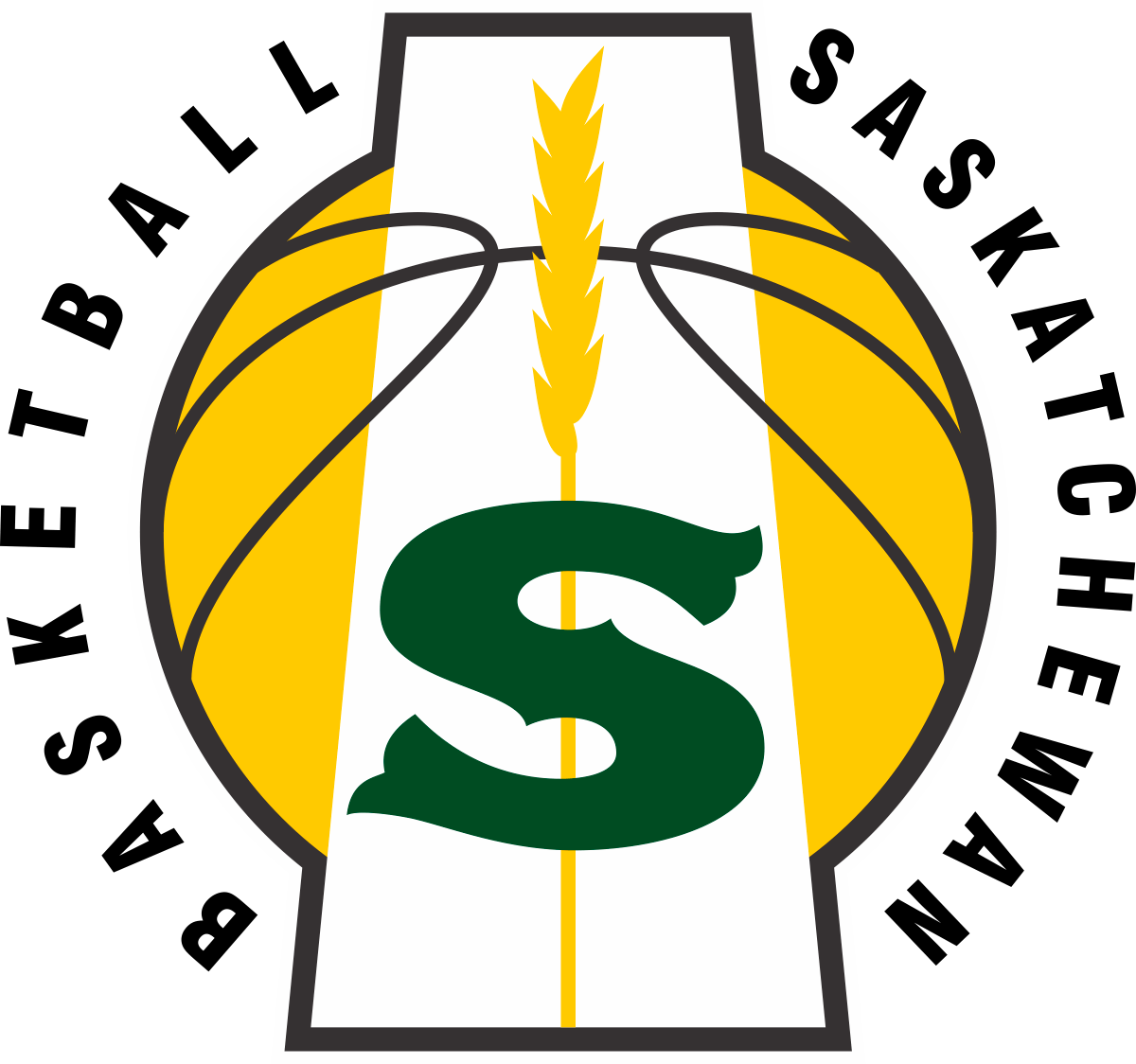Photo Couresy of:
Canada Becomes a Basketball Factory
The lanky 6-foot-6 player with the aquamarine sneakers floats downcourt on defense, and the opposing point guard flips a pass too casually and. …
Uh-oh.
The tall kid reverses direction in a blink, sticks out an impossibly long, Durant-like arm, plucks the pass out of the air and in four long strides dribbles downcourt and goes airborne and whap! — he jams the ball through the hoop.
The crowd in this high school gym whoops and claps, and, oh yes, that kid with the great court vision who just tossed down the ball so effortlessly? He is a ninth grader and all of 14 years old. Elias Sbiet, the oh-so-intense recruiting director for North Pole Hoops and an advocate for all things Canadian hoops, smacked his hands and exclaimed: “This day just became a win for me. Perfect!”
By which Sbiet meant that he might have discovered another Mississauga hoop jewel, one in a long conga line of basketball talent coming out of the Great North.

The Toronto Raptors, who will face the Golden State Warriors in Game 5 of the N.B.A. finals on Monday night, are just the visible and celebrated symbol of an impressive north-of-the-border hoops explosion. Hockey remains Canada’s king, but basketball is its restive crown prince.
More than 20,000 fans have crowded into Celebration Square in downtown Mississauga to watch Raptors games on a giant screen, and many thousands more have done the same in Garden Square, a public space in the predominantly South Asian suburb of Brampton, to the northwest. More striking still is this measure of heresy: A new poll reveals that more young Canadian men and women want to watch the Raptors than the Stanley Cup.
“We’re Canadian, so there’s still a big hockey presence,” said Sbiet, whose parents came from Palestine and who grew up playing point guard with his brother Tariq in a Mississauga housing project. “But basketball’s advantage is that all it requires is a ball and a pair of sneakers. You got that and you got game.”
In New York, my hometown, we take our hoop chauvinism seriously. We talk Tiny Archibald, Julius Erving (yes, yes, technically Dr. J hailed from Roosevelt, N.Y.), Kareem Abdul-Jabbar, Mark Jackson, Chris Mullin, Bernard King and World B. Free, and we’re just clearing our throat. When I was in high school, our team played DeWitt Clinton High School of the Bronx, and they started two future pros and ground us to dust.
That’s the way New York rolled then. But that has become a faded memory. Now there are roughly the same number of New Yorkers in the N.B.A. as there are Torontonians, about a dozen from each area.

The All-Star point guard Kemba Walker hails from New York, and he is a fine hoopster, but when you get beyond a top few, most current city products occupy the backbenches of the N.B.A. The talent production in Philadelphia and Baltimore, which also take their basketball bona fides seriously, is not a lot better.
Mississauga and neighboring Toronto are rising fast by contrast, with 11 native-born players in the N.B.A., including Tristan Thompson, Nik Stauskas, Andrew Wiggins and Kelly Olynyk. Jamal Murray, a guard for the Denver Nuggets, grew up farther west, in Kitchener, Ontario. The Raptors have a Canadian, Chris Boucher of Montreal North, on their roster.
“I found Jamal dribbling hours before the game wearing gardener gloves to improve his feel for the ball,” said Sbiet, whose North Pole Hoops is a scouting and evaluation service. “He was playing kids two years older and dominating the court.”
For their unrelenting and manifold failures, the Knicks have earned the third pick in the N.B.A. draft on June 20. They are expected to draft the sweet-shooting, 6-foot-7 R.J. Barrett, who came out of Mississauga before putting in a cameo appearance at Duke.
The Raptors have sparked and fed this phenomenon: Enthusiasm for the team borders on mania. But immigration offers a firmer longitudinal explanation. Anti-immigrant sentiment now runs like a fever in some precincts south of the Canadian border, but Mississauga and sections of Toronto were built block by block upon the backs of hard-striving new arrivals: Sudanese, Indians and West Indians, Lithuanians, Chinese, Filipinos, Palestinians, Egyptians, Poles, Senegalese and on and on.
From those headwaters flow a river of basketball talent.

For a working-class kid whose family hails from Manila; Khartoum, Sudan; or Kingston, Jamaica, ice hockey can present a problem of cultural translation, not to mention the challenge of paying for skates and pads and club memberships and learning to stay upright while skating backward. Basketball offers easier entry.
Rivalry burns hot. Toronto, with a population of about 2.9 million, and Mississauga, its populace expanding toward 800,000, compete to be declared the one true hoops honey pot. When we American sorts write of basketball studs from this region, it inevitably gets rendered in shorthand as “Toronto hoops.” Suffice to say, that drives Mississauga loyalists to distraction.
“I mean, I hear them say R.J. Barrett is from Toronto: No, no, no,” said Sbiet, who paused and smiled at his parochialism. “O.K. I get it: You say, ‘Mississauga,’ everyone says, ‘What’s that?’”
There’s more to come, because while the N.B.A.’s on-the-ground presence is just a Toronto thing, basketball is increasingly pan-Canadian. Montreal North, a working-class corner, has produced pros and near pros. British Columbia, too, is formidable and can claim the former point guard Steve Nash. Sbiet reported that the Saskatoon and Calgary basketball scenes are packed with Sudanese and Cameroonians, and are comers.

Fame carries a downside. The shoe company vultures have heard the thump of northern basketballs and see Canadian players pouring into top American college programs, and they are heading north.
“I’ll tweet about a kid these days, and they descend,” Sbiet said of the shoe companies.
These would-be soothsayers whisper insistently in the ears of talented young men: Do you want to play for the Mississauga Monarchs, perhaps the finest youth basketball program out here, or do you want to sign with a shoe company team that has a pipeline to coveted tournaments south of the border? Do you want to play for a local high school or attend one of the prep schools in the United States and now Canada that have claimed the same role as European club sports?
“It used to be you played three sports through high school here, but not anymore,” said Jason Fowler, who is on the board of the Mississauga Monarchs, whose basketball registrations have doubled from five years ago to 6,000 boys and girls between the ages of 8 and 18. “Now, for the best kids, it’s year-round, every weekend, multiple teams.”

None of these decisions come easy. The best players, those who might earn millions of dollars playing professional basketball, might do well to leave. Barrett began his high school career in Canada but quickly left for Montverde Academy, a prep hoops factory in Central Florida where he honed his talents against the best young players on the continent.
“R.J. Barrett needed to go south,” Sbiet said.
Parents, equal parts enthralled and worried, have front-row seats for this gold rush. I sat for a while in the high school bleachers in Mississauga on a recent Saturday with Yvonne Rowe Samadhin and her husband, Mark. They are health care professionals, and we watched their son, Julian, play point guard for the Monarchs. He is 16 and quick to the hoop, and he dreams of a college career. His parents love basketball even as they sound taken aback by the great surge of talent and the expectations that follow like a dog nipping at their heels.
“There’s a lot of pressure on these boys now,” Julian’s mother told me. “We are very mindful of the coaches. They have to know how to deal with young teenage minds.”
They talk to Julian of books and balance, and of basketball as a means to a larger end. He nods and asks to take in another game, and another one after that. He’s a proper Mississaugan. Oh and, by the by, that lanky 14-year-old with the excellent dribble handle, court sense and hops? His name is Dylan Grant. You might want to explore buying long-term stock in his career.











.png)


.png)




